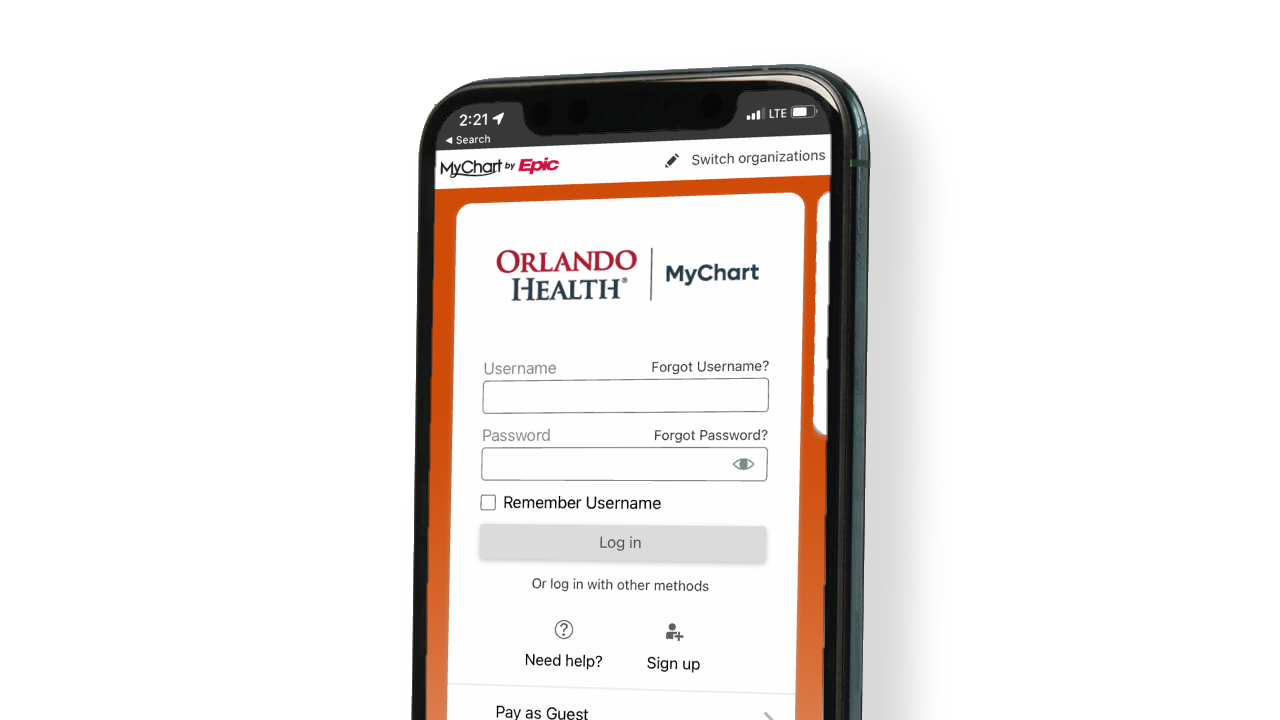
Find an Institute or Practice
Orlando Health provides expert services in more than 55 medical specialties.

Orlando Health MyChart
Stay connected to your healthcare with Orlando Health MyChart. Manage appointments, access test results, request prescription refills and pay bills—for yourself and your approved appointees.
Find a Doctor
With Orlando Health, you have access to hundreds of physicians, from specialists to family practice.






